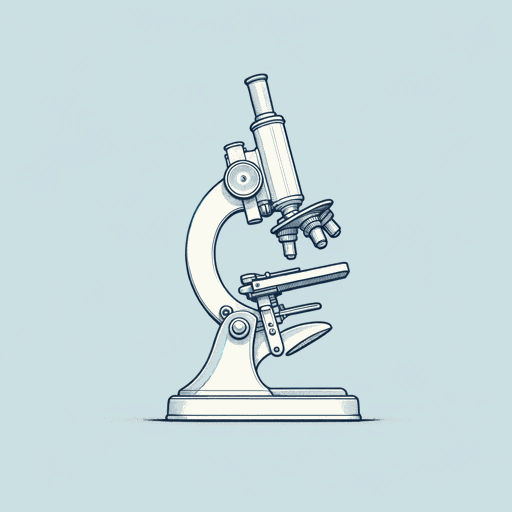43 pages • 1 hour read
Deborah BlumThe Poisoner’s Handbook: Murder and the Birth of Forensic Medicine in Jazz Age New York
Nonfiction | Book | Adult | Published in 2010A modern alternative to SparkNotes and CliffsNotes, SuperSummary offers high-quality Study Guides with detailed chapter summaries and analysis of major themes, characters, and more.
Chapters 3-6Chapter Summaries & Analyses
Chapter 3 Summary: “Cyanides (HCN, KCN, NaCN): 1920-1922”
Though Prohibition’s enactment in January 1920 made all sale of alcohol illegal, many individuals in New York still sought out liquor, often going to backroom saloons to procure bootlegged alcohol. At these saloons, the alcohol was often derived from toxic wood alcohol, unsuccessfully “redistilled to try to remove the wood alcohol content” (51). Some New Yorkers would drink a cocktail called Smoke, made with gasoline from cars. Though such drinks often resulted in death, many New Yorkers refused to cease drinking.
In addition to the slew of alcohol poisonings, another chemical that Gettler began to examine was cyanide. Though the chemical is often found in natural sources, its use as a poison can be traced to the artificial pigment Prussian blue. After a “Swedish chemist mixed Prussian blue with an acid solution” (56), he discovered hydrogen cyanide gas (HCN), which could also be used to create the “poisonous salts” potassium cyanide (KCN) and sodium cyanide (NaCN). These salts were frequently used for industrial applications, such as cleaners and dyes, that often resulted in accidental poisonings and deaths. When ingested in the human body, cyanide latches onto blood cells and prevents them from accessing oxygen, thereby causing death.
Related Titles
By Deborah Blum


